|
There's no doubt that developing your technical drawing or painting skills can be incredibly rewarding, but have you ever considered the positive impact that taking up an art practice can have on your mental health and other areas of your life? In today's fast-paced world that's full of constant distractions, focusing on a single task for more than 15 minutes may seem almost impossible to some. This is why now, more than ever, it is essential to make the time for hobbies or activities that allow us to practice mindfulness and focus. Any type of art practice, whether it's drawing, painting, sculpting, music or writing, requires focus, intention and a connection with yourself on a deep level. In the video below, I talk about how art has been a lifeline for me throughout my life which has saved me from countless downwards spirals. Once I started drawing/painting with the intention to develop my skills and eventually do this professionally, the positive impact of having made art a constant in my life became more apparent to myself and those around me. In my 39 years, I simply haven't found any other activity that has brought me this level of happiness and peace. I want others to experience this as well and this is one of the main reasons why I do what I do.
If you enjoyed this video and found it helpful, make sure to subscribe to my YouTube channel. I share a brand new video every week with art tips, drawing and painting tutorials and mindset/productivity tips for artists. *Subscribe HERE
For a full list of my current favorite art supplies and books,go here. 2 Life-Changing Benefits of Drawing and Painting
1. Art Helps You Manage Stress and Anxiety
With today's constant bombardment of media and input, it’s easy to feel distracted and overwhelmed. Planning relaxing activities is crucial, and art is an excellent way to slow down and release or make sense of thoughts/emotions. Not to mention, artistic activities demand presence and focus, offering opportunities to grow these skills which are so rare now-a-days. Key Benefits:
Tips for Managing Stress through Art:
2. Art Helps You Find Yourself and Honor Your UniquenessWith social media, it’s easy to lose track of where you end and other's influence begins. The constant multitasking and stress can also make it difficult to reconnect with yourself, to the point that you can forget who you really are. An art practice provides space to rediscover yourself and peel back those layers to find your own uniqueness. Each piece you create reflects your inner world, showcasing your strengths, quirks, and personal tastes. Key Benefits:
Tips for Self-Discovery through Art:
Art has taught me to be still, to value my uniqueness, and to find beauty in the everyday things that so many people take for granted. For all of this, I'm incredibly grateful.
Thank you for joining me on this journey. If you have your own stories or ways art has improved your life, share them in the comments below. Enjoy your art practice and see you soon!
0 Comments
Do you know the difference between technical vs. creative skills? Why are they both important for artists looking to reach their full potential? How can you develop these skills? Developing both technical and creative skills is essential for any artist looking to become proficient. If you're looking to consistently create quality, original work that is an extension of yourself, balancing both is a must. A huge mistake lots of beginners make is devoting all their time and energy to only growing in one area, while ignoring the other. This is a surefire way to keep yourself stuck and, for some, depending on others' work for inspiration. In this post and the video below, I explain the difference between technical and creative art skills, why they are both so important, and provide practical tips to help you grow in both areas.
If you enjoyed this video and found it helpful, make sure to subscribe to my YouTube channel. I share a brand new video every week with art tips, drawing and painting tutorials and mindset/productivity tips for artists. *Subscribe HERE*
Understanding Technical Skill Technical skill refers to your mastery over your chosen drawing or painting medium(s), as well as your understanding of essential art fundamentals. Every drawing or painting medium has a learning curve. Practice is required in order to understand it fully and to use it with confidence. Art Fundamentals include:
Watch this video to learn more about art fundamentals. Strong technical skills will enable you to bring your visions to life. This skill is more objective. If you have mastery over your medium, and an understanding of art fundamentals, this will show in your work. Join my membership for only $15 for immediate access to libraries of classes and workshops that will help you gain mastery over graphite pencils, pen and ink, and watercolor, as well as all essential fundamentals. More information here. Understanding Creative Skill Creative skill is about your ability to generate original ideas and concepts that come from within. There's no one else in the world exactly like you. Coming up with original ideas is about knowing yourself, honoring who you are, and sharing what's important to you, in your own way. This skill involves:
Balancing Technical and Creative Skills To create exceptional art, it’s crucial to balance technical and creative skills. You don’t need to be a master of both, but a solid understanding and continuous development in each area are vital. Here’s why:
Practical Tips for Developing Both Skills 1. Practice in isolation and combination:
2. Use step-by-step tutorials wisely:
3. Give yourself space to explore:
4. Limit external inspiration:
By understanding the difference between technical and creative art skills, and continuing to grow in both areas, you'll be able to create work that is highly unique and shows technical mastery. Remember, your ideas and creativity are valuable--trust in them and let them shine through your work, while you continue developing your cold technical skills. Hope this was helpful. Thanks for reading!
*This post contains affiliate links. I receive small commissions for purchases made through these links at no extra cost to you. These commissions help me keep this site up and running, in order for me to keep providing helpful and inspiring art content. :)
Does watercolor paper "go bad"? Could your paper be the reason why you're unable to create the beautiful watercolor effects you so desire? How can you keep your watercolor paper in good condition for a longer time? Watercolor is an incredibly rewarding painting medium to pursue, but to develop your skills to a higher level and achieve best results, it's crucial to understand the materials you're working with, especially the paper. Watercolor paper isn't your average paper. It undergoes a special process known as sizing, which significantly affects its performance and makes it suitable for water-soluble mediums. In this blog post (and the video included below), we'll explore what sizing is, why it matters, and how to ensure your watercolor paper remains in top condition for a longer time. What is watercolor paper sizing?Sizing is a substance added to watercolor paper after sheets have been manufactured, during the manufacturing process, or both, which gives it its strength and allows watercolor paint to perform as it should. It is thanks to paper sizing that we're able to create beautiful effects when working with watercolor and why this paper is able to handle lots of water without getting damaged. Sizing can be derived from animal, plant, or synthetic sources.
If you enjoyed this video and found it helpful, make sure to subscribe to my YouTube channel. I share a brand new video every week with art tips, drawing and painting tutorials and mindset/productivity tips for artists. *Subscribe HERE*
For a list of my current favorite art supplies, go here. Why Sizing is Important Sizing plays a key role in how watercolor paper performs as we're working. More specifically, here are three key areas it impacts: 1. Absorbency: It affects the speed at which the paper absorbs water and paint that have been placed on it. When paper has good sizing, the paint sits on the surface a bit longer and it allows for an even dispersion, which prevents splotchiness and patchiness. Bad sizing leads to paint "sinking in" too quickly, which leads to lots of lines, marks and undesired textures. 2. Color Vibrancy: Well-sized paper helps colors look bright and vibrant. With poor sizing, colors "sink in" and end up looking flat. 3. Strength and Durability: Sizing adds stiffness and strength to watercolor paper, which not only protects it from wear and abrasion, but also leads to less warping/buckling during the painting process. Recommended Watercolor PaperCheck out my Watercolor Supplies 101 masterclass for everything you need to know on paper types (Cold Press, Hot Press, Rough), brushes, and paint formats. Recognizing Bad Sizing For beginners, it can be challenging to identify when paper sizing has gone bad. Here are some telltale signs:
Tips for Maintaining Your Watercolor Paper To keep your watercolor paper in the best condition, consider these practical tips:
What to Do with "Bad" Paper If you find that your watercolor paper's sizing has deteriorated, don't throw it away! Here are some ways to repurpose it:
Understanding watercolor paper, what kinds of paper to invest in, and how to store your paper, is very important. By recognizing the signs of bad sizing you can also avoid unnecessary frustration and also confusion, as you'll be able to tell that something may not be turning out because of your supplies and it's not your lack of skills. If you found these tips helpful, don't forget to share this post with your art friends! Have any questions or tips of your own? Leave a comment below. For more watercolor tips and tutorials, subscribe to my YouTube channel and follow me on Instagram. Thanks for reading and enjoy your art practice! Are you struggling to create balanced drawing and paintings that really pull the viewer in? How can you start incorporating smart composition design into your creative process so that you can create better original art? A major mistake many beginner artists make is attempting to copy reference photos exactly as they are, without considering composition. It is essential to learn about this art fundamental because 99% of the reference photos we're planning on using for drawings or paintings will not lead to the best results exactly as they are. Even those that have been taken by yourself or professional photographers. You want to be able to remove, relocate, enhance or add extra elements with ease if it'll improve the composition. Not to mention, it's important to bring yourself into your art by making stylistic choices. Someone can be incredibly skilled with a drawing or painting medium, but if their composition design is poor, even art that's technically good can fall flat. In the video below, I explain essential information on composition that all artists should be aware of, and how you can start using the Rule of Thirds to improve in this area.
If you enjoyed this video and found it helpful, make sure to subscribe to my YouTube channel. I share a brand new video every week with art tips, drawing and painting tutorials and mindset/productivity tips for artists. *Subscribe HERE*
This full barn landscape class is over on my Patreon. For only $6 you get immediate access to this real-time, fully-narrated tutorial, along with 100+ sketching and watercolor tutorials that I haven't shared anywhere else. Composition in Art
Composition design involves the selection of elements you'll be bringing into a drawing or painting, as well as their arrangement in space. 3 Key aspects to have in mind to ensure that your compositions will be successful are: a) Establishing a focal point: There should always be visual hierarchy in your drawings or paintings. Where do you want to call the viewer's attention to first and how are you going to develop a heavier visual weight in this area? Make sure you're accounting for positive (active areas) and negative spaces (inactive areas) because they play off each other and are both essential when striving to create balance. Remember that, if everything is equally important, then nothing is that important. b) Achieving a sense of balance: Radial, symmetrical and asymmetrical are the three types of balance in art. Usually, we want to achieve asymmetrical balance because this is more interesting to look at and, through strategic planning, we can keep the viewer's eyes flowing through the piece for a longer time. Achieving a sense of balance has a lot to do with effectively developing lesser and heavier visual weights throughout the piece. This is done through creating greater contrast, manipulating color, detail, playing with size/scale of different elements, etc. c) Visual Flow: As artists, we want to pull the viewer in and keep their eyes flowing through the piece for as long as possible. We do this through establishing a focal point, developing a heavier visual weight in this area, and creating visual pathways (literal and/or suggested). How we group elements together, overlap them, and position elements in space is part of creating that visual flow. Sometimes, visual pathways are created in a more literal sense, such as when we're drawing or painting a scene that includes a river, street or some kind of linear perspective. These create a visual path that the viewer's eyes will naturally want to "flow" through, so it is essential to give thought to how they will be leading to or away from the focal point. The Rule of Thirds supports us in achieving all of these things!
|
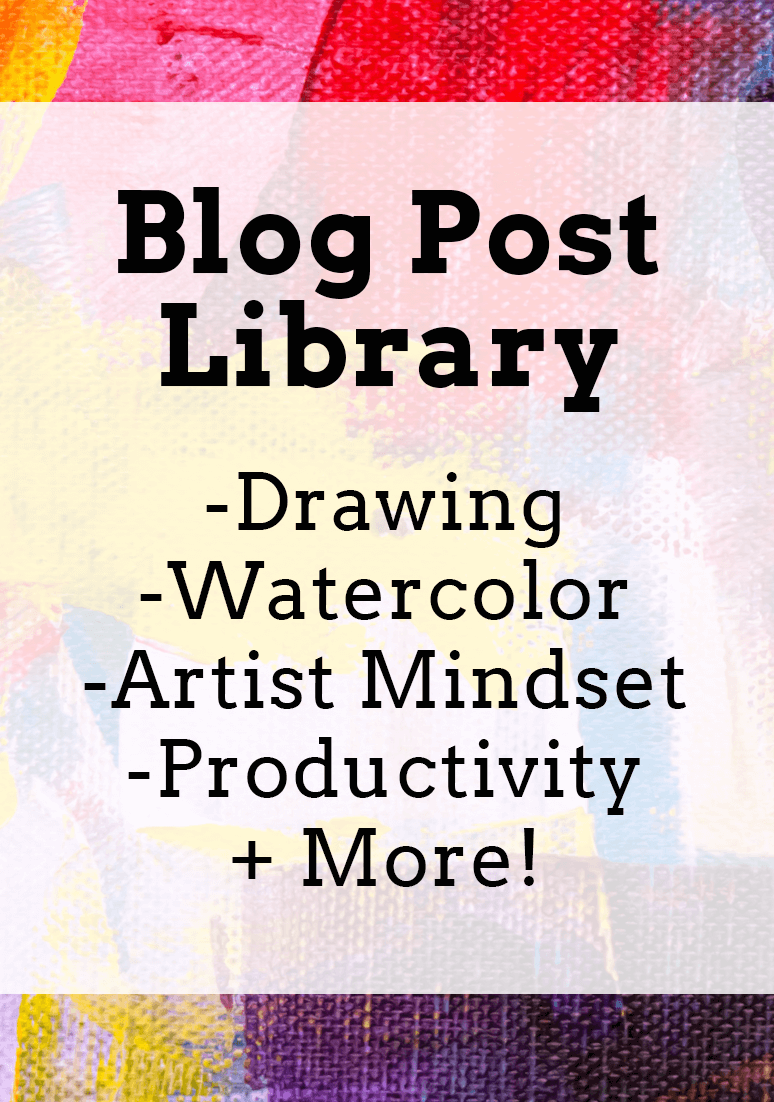
www.erikalancaster.com
is a participant in the Amazon Services LLC Associates Program, an affiliate advertising program designed to provide a means for sites to earn advertising fees by advertising and linking to amazon.com. www.erikalancaster.com is a participant in the Shareasale.com Affiliate Program, an affiliate advertising program designed to provide a means for sites to earn advertising fees by advertising and linking to Shareasale.com partner companies. |




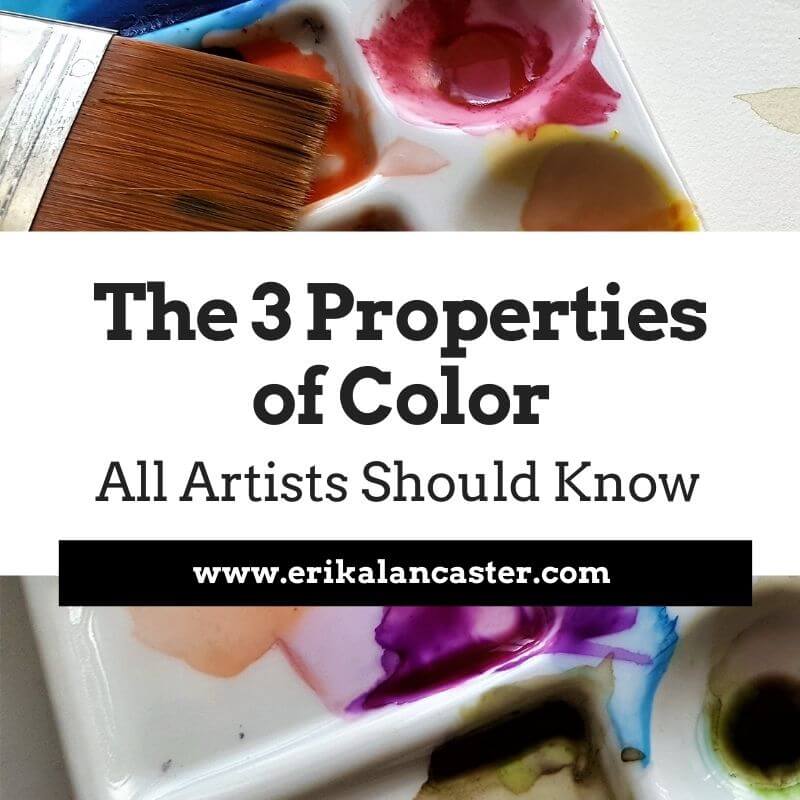

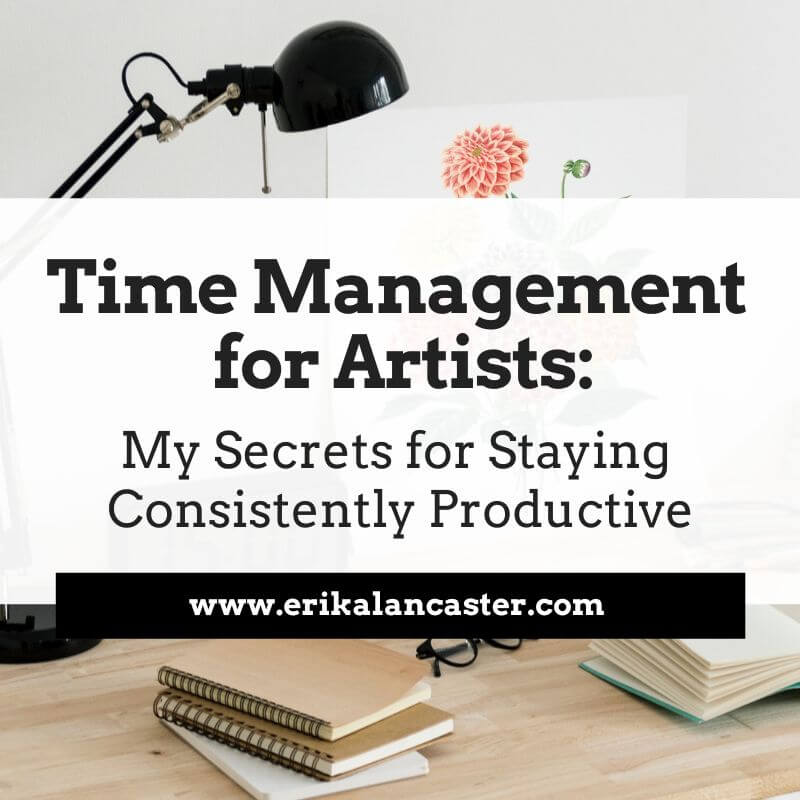



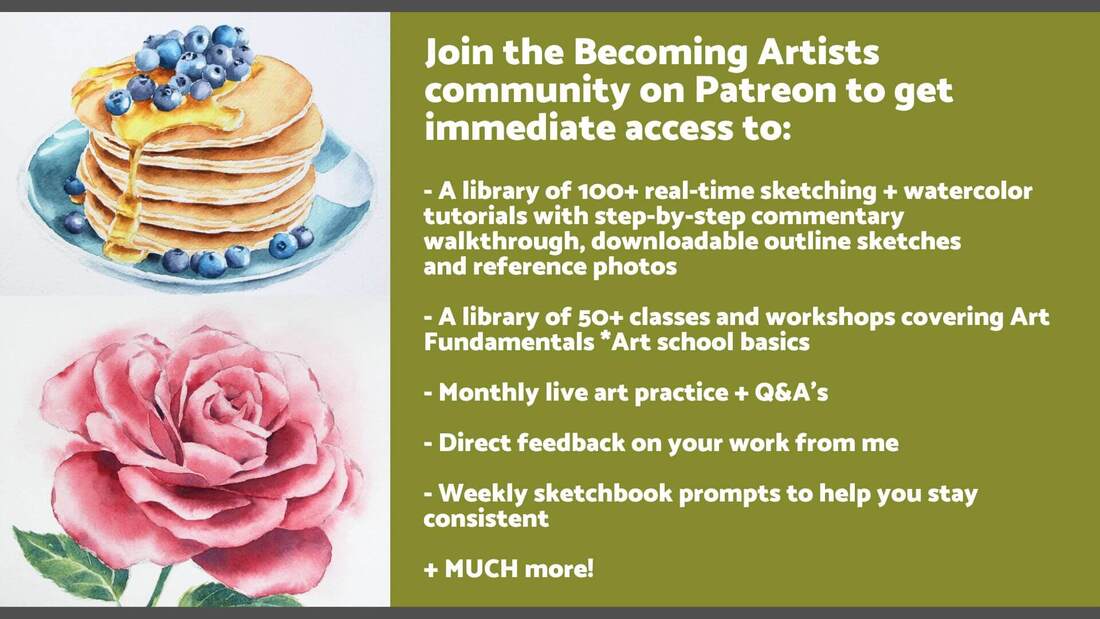











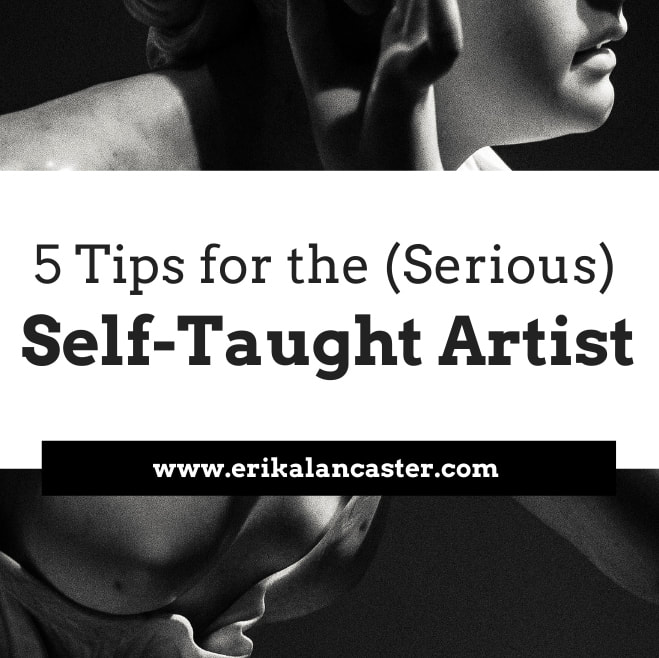
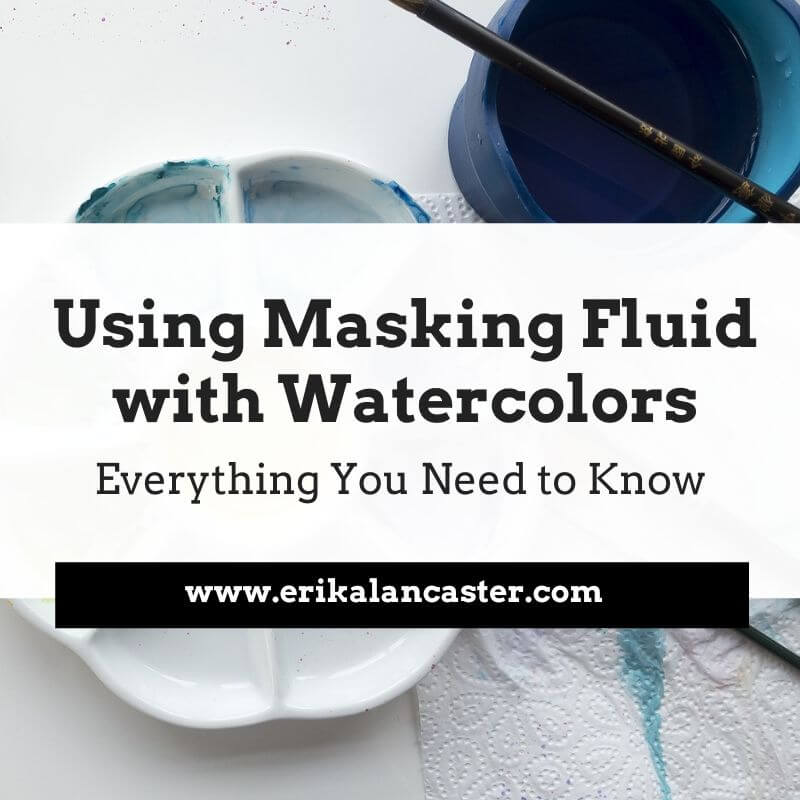










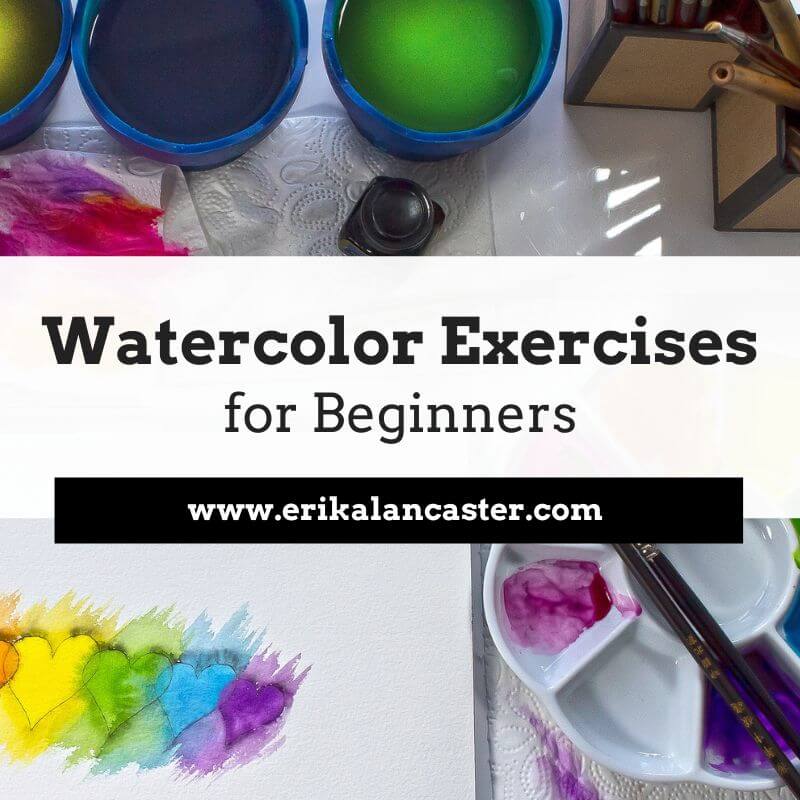

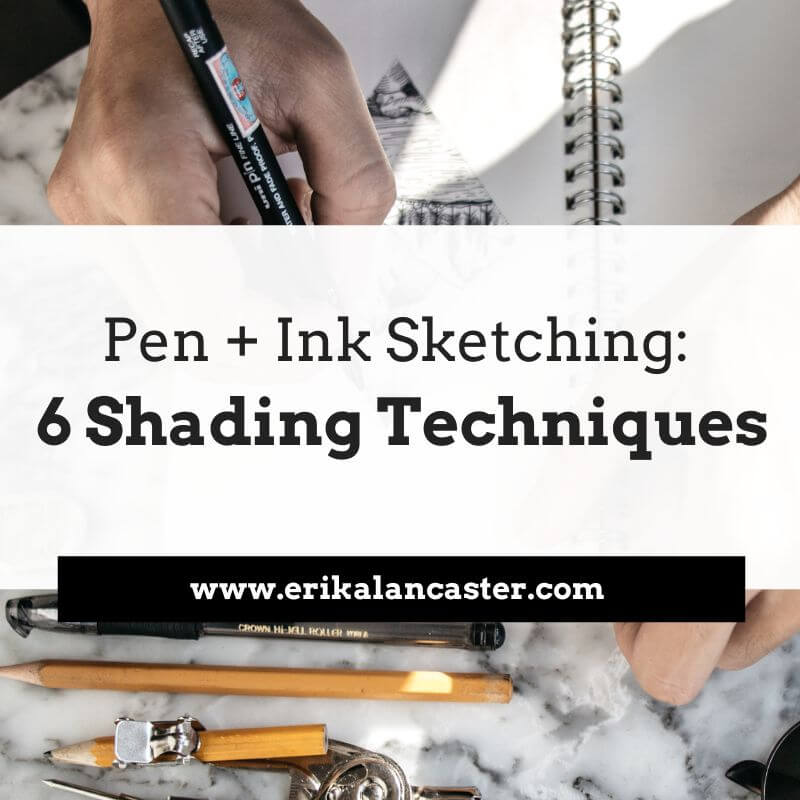







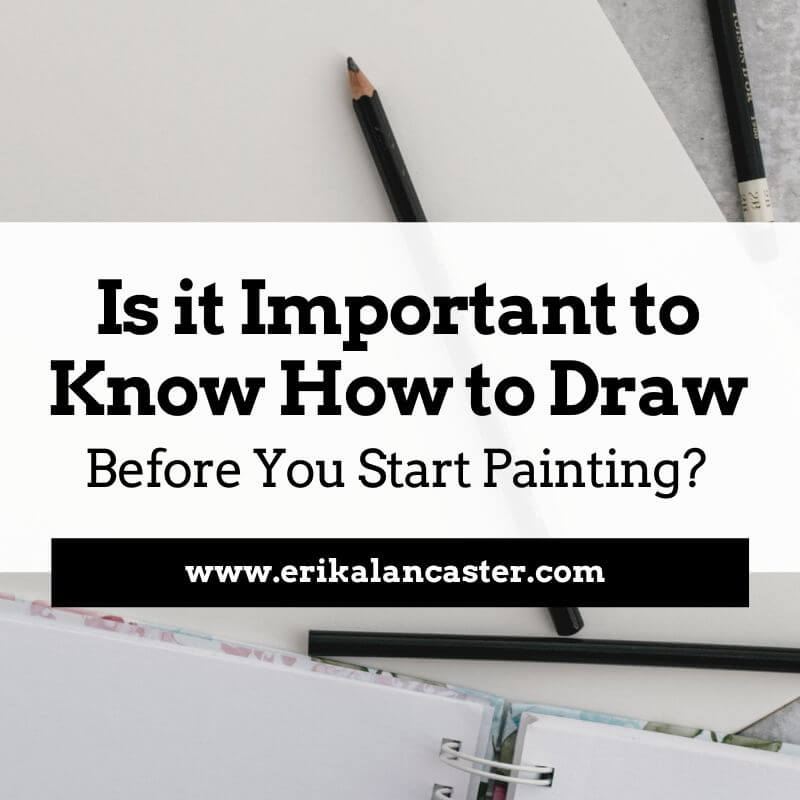




 RSS Feed
RSS Feed

